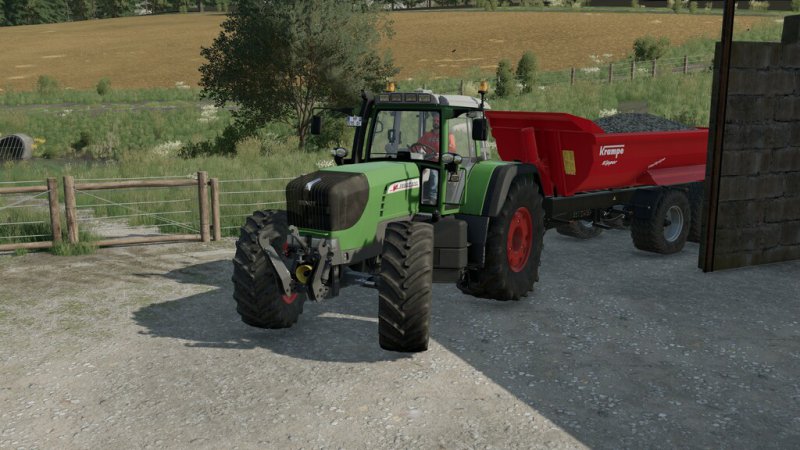

Further, short-time Fourier transform-based noise filtering was applied to remove background noise, improving the classification model accuracy to 94.18%. The CNN model first achieved an accuracy of 91.38% in recognizing cattle sounds. The deep learning classification model of the system is a convolutional neural network (CNN) model that takes voice information converted to Mel-frequency cepstral coefficients (MFCCs) as input. In this study, we developed a web-based monitoring and recording system based on artificial intelligence analysis for the classification of cattle sounds. The priority placed on animal welfare in the meat industry is increasing the importance of understanding livestock behavior.

We believe that our study makes a significant contribution to the literature because it is the first attempt to combine CNN and Mel-frequency cepstral coefficients (MFCCs) for real-time cattle sound detection and a corresponding behavior matching. Finally, the model was deployed on a web platform to assist farm owners in monitoring the conditions of their livestock. The developed model was applied to cattle sound data obtained from an on-site monitoring system through sensors and achieved a final accuracy of 81.96% after the sound filtering. The system contained a convolutional neural network (CNN) for classifying cattle vocals and removing background noise as well as another CNN for behavior classification from existing datasets. To address this problem, we propose a web-based and real-time cattle monitoring system for evaluating cattle conditions. The reading mentions pigs because it is interesting that people in different languages mainly use a form of “moo” for a cow sound, while there are many different words to vocalize the sound that a pig makes.In the application of artificial intelligence and advanced sound technologies in animal sound classification, certain challenges are still faced, such as the disruptions of background noise.Cows are likened to humans because they both have regional accents.In English a pig says “oink”, while in other countries it says “boo-boo”, “oof”, or “heh-roo”. This is not the case for other animals, such as pigs. In many languages, people use the word “moo” or something very similar to vocalize the sound of a cow. Words like “boom”, “tweet” and “pop” are all examples of onomatopoeia. The naming of the word is based on the sound that the word makes. In English, the word used for a cow sound is “moo”. This phenomenon has also been observed in birds. Cows in a small herd may all sound very similar, while the same species on the other side of the country or in another country may have their own distinct accent. Researchers who study bovine behaviour have recently discovered that cows, like humans, have different regional accents. In English a pig says “oink”, while in other countries it says “boo-boo”, “oof”, or “heh-roo”.ĭiscussion Questions: What happens when zoo animals are transferred to different countries where the trainers speak a different language? The of the word is based on the sound that the word makes.

Subscribe: Apple Podcasts | Google Podcasts | RSS | MoreĬows Have Accents Researchers who study bovine behaviour have discovered that cows, like humans, have different accents.
#Cow sounds download#
Podcast: Play in new window | Download (0.1KB)


 0 kommentar(er)
0 kommentar(er)
